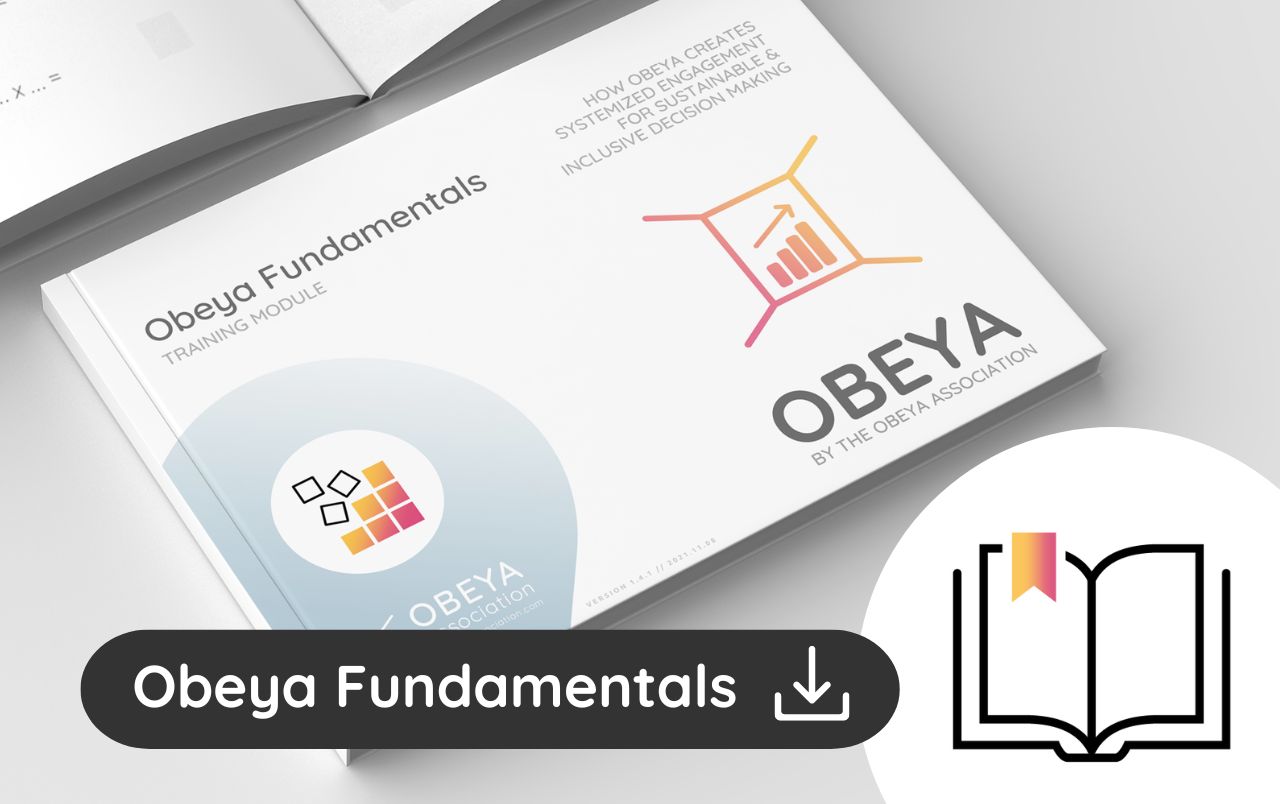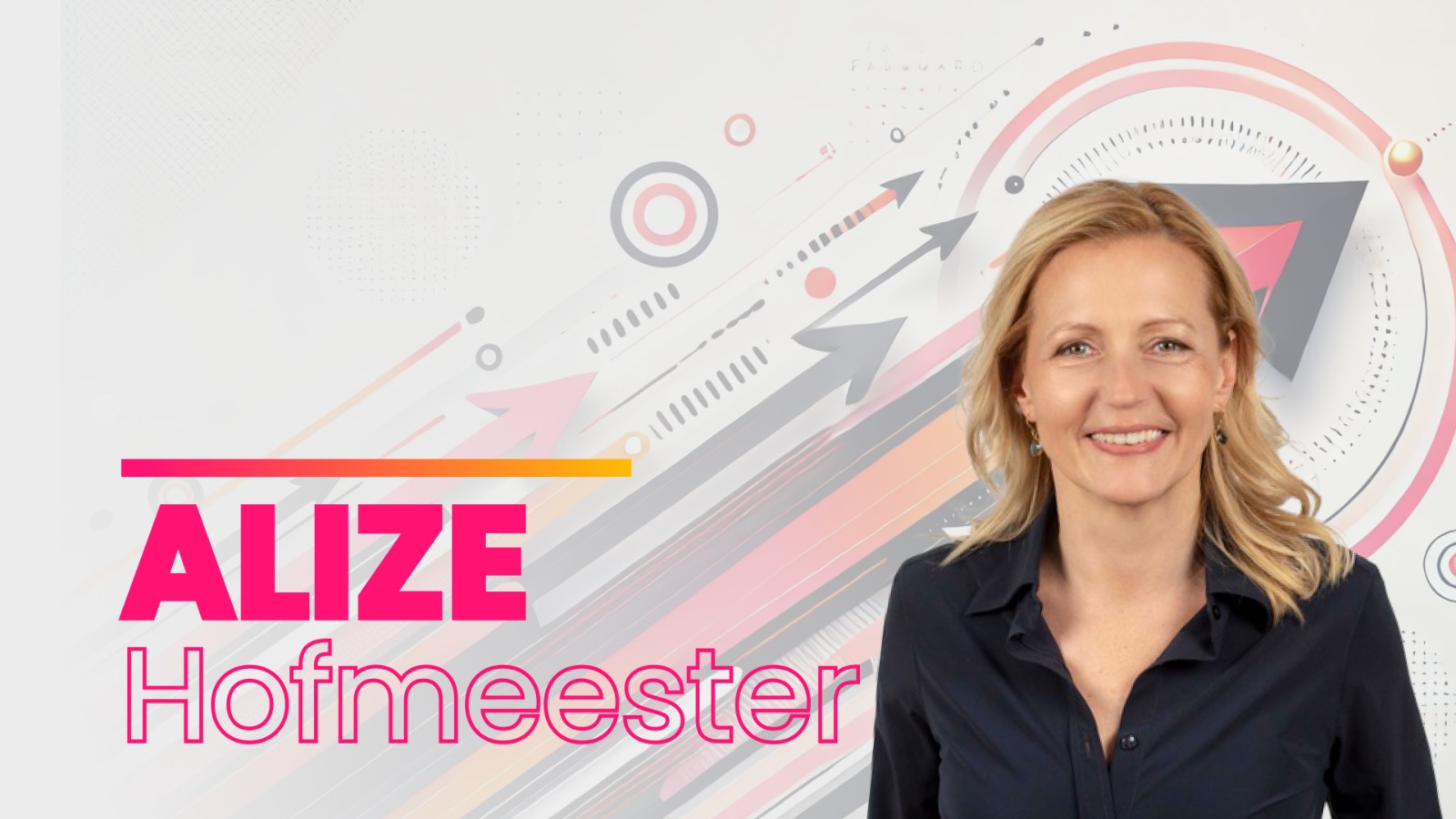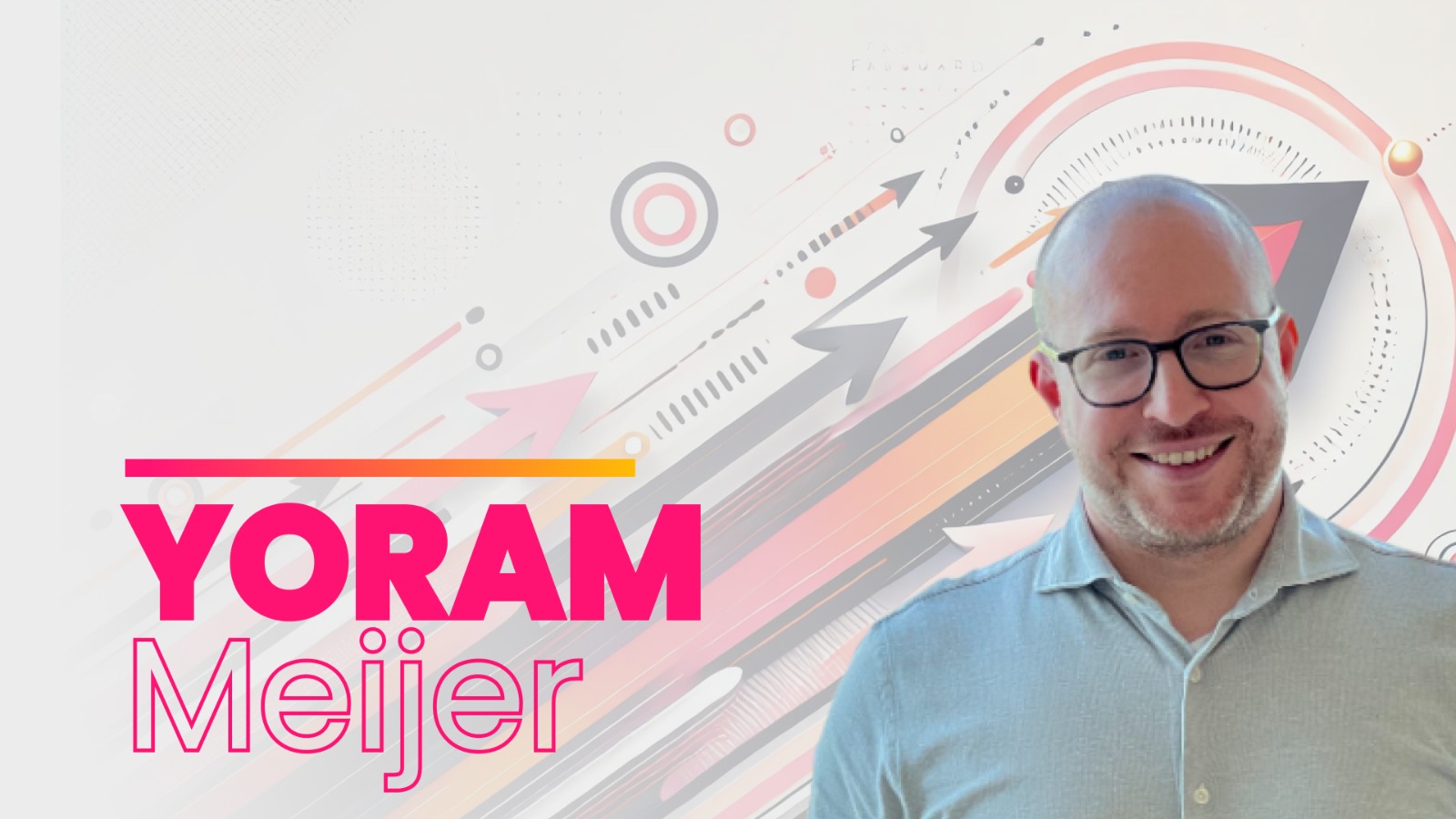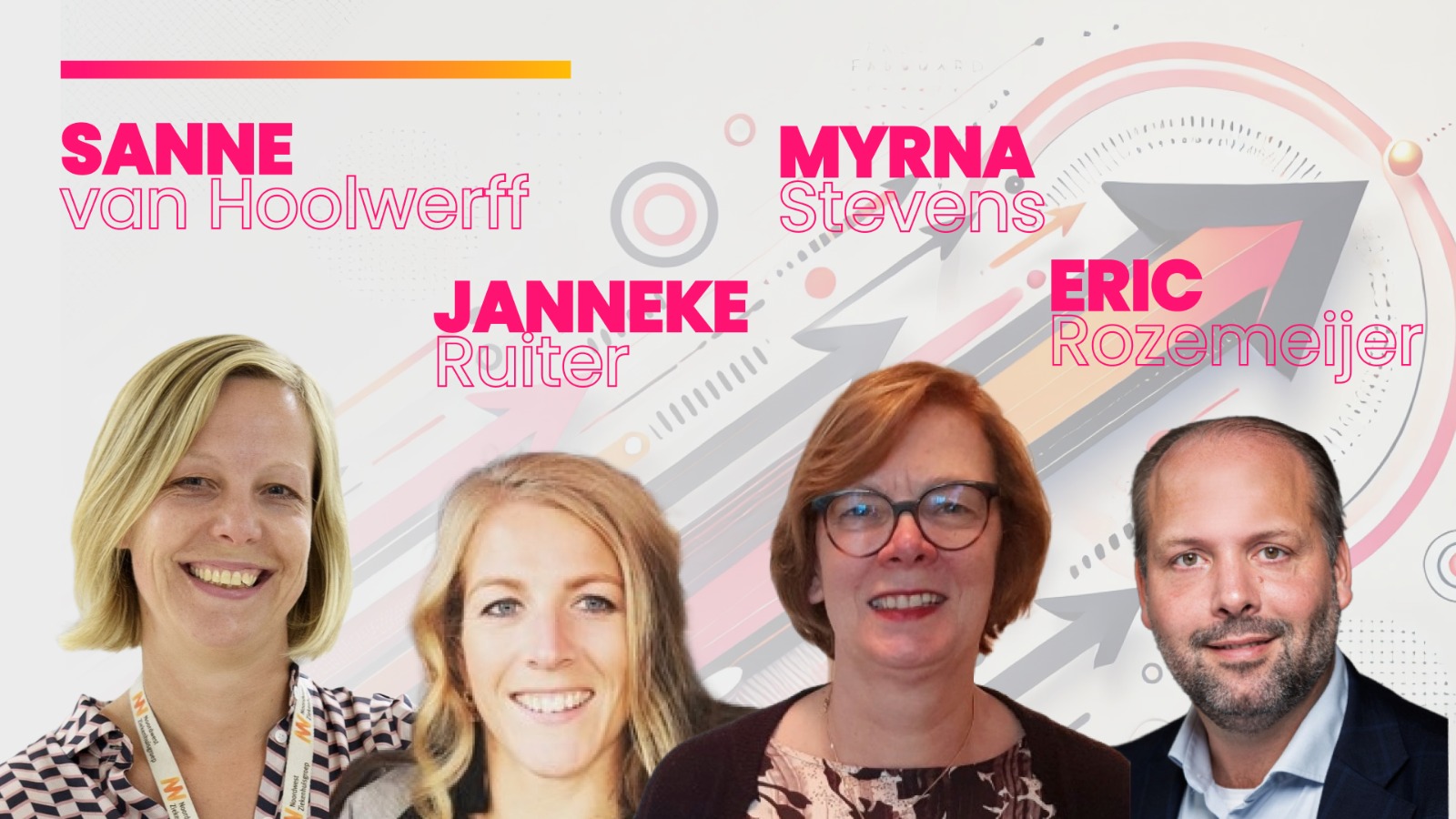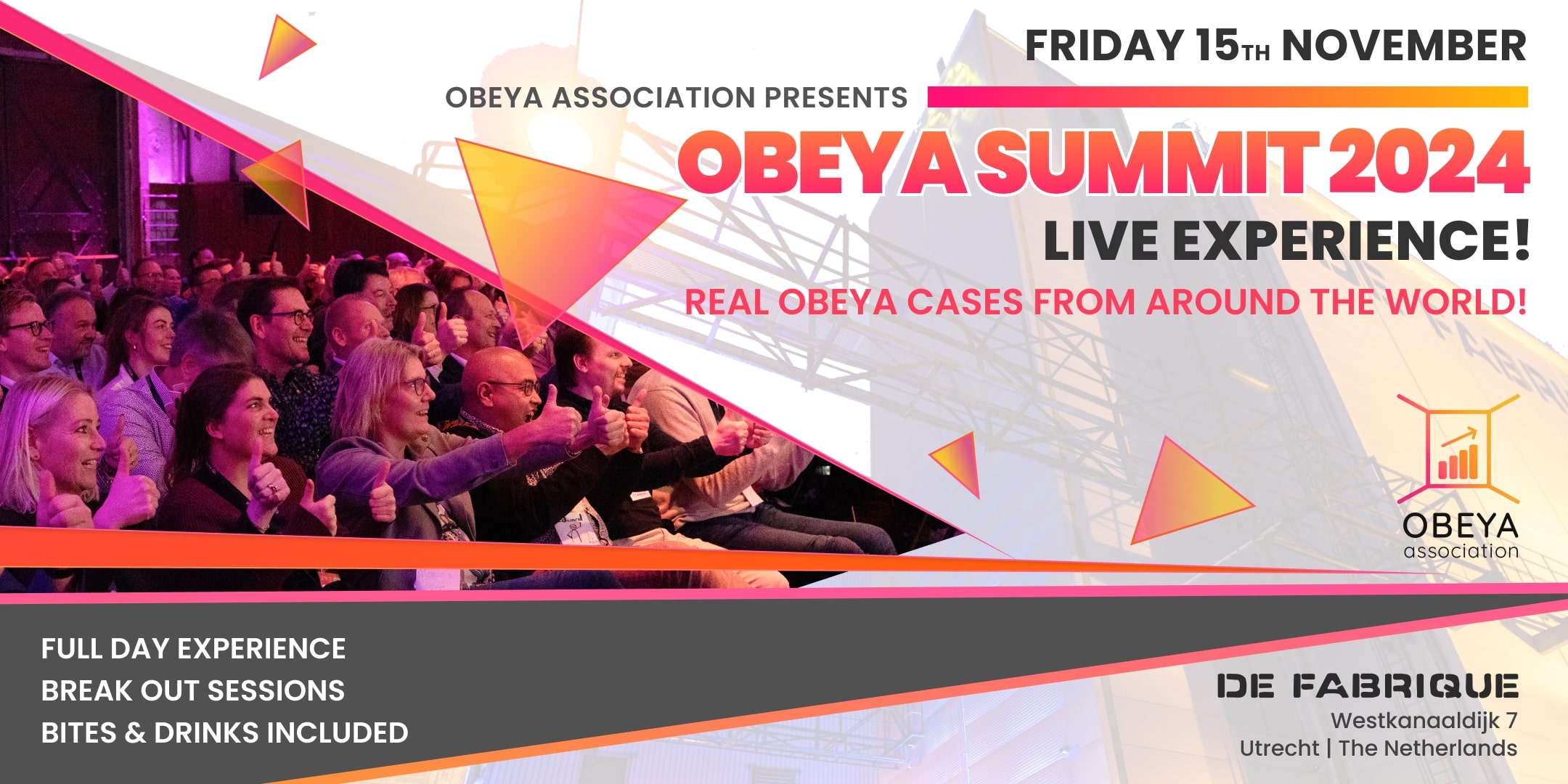There is one complaint I hear in literally every organization I visit as Organization Coach: “We have too many meetings”. Upon closer inspection, it is not the frequency but the quality of meetings that make them such a problem. I’m sure you recognize these typical meeting dynamics:
- Insight, no action: A heated discussion around a certain topic delivers all kinds of insights, but at the end of the meeting, no decision has been made and no action has been taken. If it is a particularly bad meeting, the heated discussion got sidetracked and went off-topic, and did not even address the core issue.
- Time’s up! (Action, no insight): There is so much to do and so little time – the meeting is rushed from one item to the next. Perhaps you didn’t prepare the meeting, so before fully understanding the topic at hand, a decision is forced. Hopefully, it was the right decision – but I’ll guess you’ll figure out from the amount of mess it creates.
- HIPPO: The HIPPO, that is the Highest Paid Person’s Opinion, dominates the discussion, while the silent ones just nod and listen. This might be fine if this meeting is about getting instructions from your manager, but most of the time, you want to have a productive conversation where the best ideas lead to actions,
“The root cause: we are so focused on content, that we have a blind spot for the meeting dynamics”
The root cause of bad meeting habits
With these kinds of dynamics being so common, they are sure to show up in an Obeya session. Which brings me to the key question of this article: “With old meeting habits being so prevalent, how can we stop them ruining our Obeya Session?”.
The answer is: the Obeya Host. To fully appreciate the role and skill of an Obeya Host, we have to explore the root cause and a few alternatives first.
First, the root cause: we are so focused on content, that we have a blind spot for the meeting dynamics. This happens even when I introduce people to Obeya. I often explain the Obeya as a “big room” where critical information is visualized, so people can come together and move from strategy to execution and make inclusive and sustainable decisions. In response, people are curious about the physical layout and visual management. Yet “coming together” and “inclusive and sustainable decisions” are just as important! Exploring further, there are many reasons for this blindspot. For example, when hiring new candidates or promoting employees, technical expertise or domain knowledge often outweigh communication or collaboration skills. Or could it be that we are simply too caught up in the actual content that we forget to pay attention to the meeting dynamics? We need all our attention to promote our idea, or to evaluate what others are saying to us – that we simply have no mental capacity left to ensure productive meeting dynamics. I challenge you: during meetings, how much attention are you paying to the meeting dynamics? And if you are – do you take responsibility to improve them? If you’re lucky, in mature teams, you will notice an occasional comment to make the meeting productive.
Common solutions: chairing or facilitating meetings
Now, let’s explore how we normally solve this problem. The most common solution for effective meetings is to have a chair. One person who determines the agenda, sends it in advance, and asks others to contribute their items to the list. Then, during the meeting, the chair is responsible for timekeeping and decision making, while the note taker makes minutes to capture decisions made and actions that are assigned. The problem with this approach is threefold: First, the chair is often the person with the most authority. This leaves the meeting vulnerable to the aforementioned HIPPO. Second, one person has to split attention between both content and facilitation – and this is notoriously difficult to do. Third, the person chairing the meeting is often not trained or skilled in facilitating meetings.
As an improvement to regular meetings, we have facilitated meetings, in which a dedicated facilitator ensures the meeting dynamics are productive. Indeed, while most people have a blind spot for meeting dynamics, facilitators have learned to pay attention and have the skills to create productive meeting dynamics. Let’s take a look at how a facilitator would handle the dynamics described above:
- Insight, no action: A facilitator would monitor if a discussion gets sidetracked, and bring it back on topic. Towards the end of an open-ended brainstorm, the facilitator will ask action-oriented questions to draw conclusions, make decisions and assign action items.
- Time’s up (Action, no insight): A facilitator ensures the agenda has enough time to make proper decisions. When noticing that a decision is rushed, the facilitator will check with the group if the decision needs more time. If need be, the facilitator might schedule an additional meeting to honor the time it takes to make an informed decision.
- HIPPO: A facilitator pays attention to the distribution of speaking in a meeting. When one person dominates the discussion, he might cut the dominant one short and invite the silent ones to contribute.3
This is already a huge improvement, and while a skilled facilitator ensures productive meeting dynamics, there are still a few areas we can improve upon. First, we have facilitated meetings, but we almost never hire a “Facilitator”. The task of facilitating is often delegated to somebody with a different job: A teamcoach that is dedicated to team development, a scrummaster who helps a team to scrum or perhaps a trainer who wants to teach something. Only for formal events (e.g. conferences) or complex multi-stakeholders events that transcend organizational boundaries, we tend to hire a facilitator. Second, notice how the facilitator is doing all the hard work in the interventions above. The facilitator is generally more concerned about improving the meeting dynamics in the current meeting than improving the meeting habits of the attendees. Third, Obeya sessions are different from regular meetings because they take place in a physical or digital room with all relevant information visible on the walls. This fundamental difference can be used to our advantage.
“The facilitator is generally more concerned about improving the meeting dynamics in the current meeting than improving the meeting habits of the attendees. “
With this in mind, we can define and appreciate the role and skills of an Obeya Host: The Obeya Host helps attendees cultivate better meeting habits that transform insight to action with inclusive and sustainable decisions. Being skilled at this requires dedicated time, energy and attention, as well as using the room to your advantage.

Differences between Trainer-Moderator-Facilitator-Host
How to cultivate new meeting habits with Obeya Hosting
The ultimate goal of an Obeya Host is to have such good meeting habits, that the Obeya Host does not have to intervene, because a productive session is guaranteed to happen. Think about a dinner party with friends: are you facilitating conversations or hosting the space? Unlike meetings, people tend to have good habits for dinner parties: guests know how to have a good time, and most people even offer to help with doing the dishes. You see people taking responsibility for themselves as well as for the whole – connecting with each other and helping out. Still, as a Host, you craft the invitation, prepare the space and pay attention to many little details to make sure the conditions are right for success.
To avoid facilitating conversations with interventions, the Obeya Host has to prevent issues from happening. While “preventing issues” might sound negative, it expresses a positive worldview: The Obeya Host assumes that people have a natural tendency to help each other, collaborate, and get things done. It is only because of some issues or bad habits that this so often fails. To prevent issues from happening, the Obeya Host has the following priorities:
- First, try to prevent the issue from happening, using the meeting space, obeya design, visual management, workplace agreements and other techniques.
- Second, try to prevent the issue from happening through the meeting design – selecting the right exercises has a huge impact on the interaction between people.
- Third, prepare interventions to respond to issues as they arise.
- Fourth, ask feedback afterwards and reflect on the session to keep learning.
Of course, people new to Obeya will have strong old habits. In these first sessions, out of necessity, the Obeya Host will utilize more facilitation and intervention techniques. Over time, though, as participants learn better habits, the Obeya Host will shift attention more to before and after the session. And to be honest: both Obeya Host and attendees are never done learning how to make more sustainable and inclusive decisions, how to better move from insight to action, and how to better move from strategy to execution.
Let’s revisit the typical meeting issues one more time to see some examples of how an Obeya Host could handle this. Mind that I’m only showing one out of many techniques you can use as a host here.
Insight, no action
Prevention – The Obeya Host improves the obeya design. Instead of having a dashboard that only shows key metrics, he adds space for “actions”. Paying attention to detail, he makes sure action items can move from “To Do” to “Done” and there is a clear date in which actions are expected to be completed.
Additionally, instead of having an open-ended discussion about the key metrics, the Obeya Host uses a Liberating Structure called: “What? So what? Now what?”. The three questions structure the conversation around having a common ground (“What are the facts?”), sharing insights (“So what?”) and moving things forward to actions (“Now what?”). For those unfamiliar with Liberating Structures: it is a collection of techniques to change how we interact and meet with each other.
New habits form – After a few sessions, people start to understand how this particular section works. Instead of needing a facilitator to remind them to write down actions, they naturally start with inspecting previous actions, and writing down new actions towards the end.
Time’s up (Action, no insight)
Prevention – The Obeya Host knows some decisions can’t be rushed and she/he wants attendees to know the same. Therefore, the Obeya Host makes the workplace agreement: Whenever we feel rushed, any attendee can call “Time Out” and we will reflect on what is happening and if we need more time. This way, what is normally an intervention of the facilitator now becomes an action everybody can take.
Additionally, like the facilitator, the Obeya Host ensures enough time in the session agenda to make informed decisions.
Finally, as the Obeya is a digital and physical place, a lot of information can be shared in advance in the Obeya room. By inviting participants to have a look in the Obeya Room before the session starts, attendees already walk in with a shared view on the facts – saving valuable time.
New habits form – In the beginning, it can be hard to predict how much time you will need to make informed decisions. This is why after every session, the Obeya Host and attendees reflect on the session. Based on this, they improve the duration of agenda items to ensure decision making. In a similar vein, it might feel awkward to call for a time-out initially. But as the Obeya Host models the desired behavior, it becomes more safe for participants to do the same, until new habits are cultivated.
The HIPPO
Prevention – Already in the invitation, it becomes clear that this is no regular meeting. Instead of a leader sharing his/her strategy, or employees reporting their status, the invitation uses words like “work session” and “co-creation” to indicate this is not one-way communication, but inclusive decision making where everybody is expected to participate. To further strengthen the spirit of co-creation, the Obeya Room is open, inviting, accessible and located near the work areas. Unlike an exclusive board room meeting! Finally, when opening the first Obeya Session, the Obeya Host ensures that attendees make workplace agreements about equal participation of attendees.
New habits form – Sure, in the first sessions, old habits kick in and the Obeya Host has to intervene by reminding attendees about the workplace agreements. However, by making attendees responsible for upholding workplace agreements and reflecting after every session, the attendees gradually become aware of their shared responsibility for equal participation. Slowly but surely, attendees make these interventions themselves – and the dominant ones might even become a little more mindful of their speaking time.
Obeya Hosting is both an art and a science
As you can see, there are multiple techniques one could use and there is no one right answer here. And even with all these techniques, it will take time to cultivate new habits. Sooner or later, the Obeya Host has to acknowledge that she/he cannot force this to happen – the Obeya Host can only create the right conditions.
Herein lies being comfortable with uncertainty and the willingness to give up control, while simultaneously having dedicated time, energy and attention to do what it takes for inclusive and sustainable decision making.
While navigating this paradox, the Obeya Host will also encounter challenging dynamics that make him reactive to the situation. Whether it is being too scared to cut off a dominant person, having too strong of an opinion to stay silent, or something else entirely – at some point Obeya Hosting requires personal growth to become a better host.
All these elements are precisely why Obeya Hosting is both an art and a science. With so many complaints about meetings, it is time we give Obeya Hosting the appreciation and acknowledgment it deserves. So, what will you do to stop old habits from ruining an Obeya session? Make sure there is a skilled Obeya Host to host your next Obeya session!
If you want to learn more about the art and science of Obeya Hosting, you can contact me for coaching or training. If you prefer to read more first, the “Obeya Host Training Module” is available for download for members of the Obeya Association. Finally, if you can’t wait to get started, I invite you to do the following: What is the most common old habit ruining your Obeya Session? Download and use the “Troubleshoot Worksheet” to prevent this issue from happening. Reflect afterwards and keep learning!

